In the pristine snowfields of Antarctica and Greenland, scientists are uncovering climate secrets that have remained frozen in time for thousands—sometimes millions—of years. Recent expeditions have extracted unprecedented ice core samples that may fundamentally alter our understanding of Earth’s climate history. These cylindrical time capsules of ice, containing trapped air bubbles, dust, and chemical compounds, offer an unparalleled window into past atmospheric conditions. The latest discoveries have stunned researchers, challenging established climate models and potentially rewriting the timeline of historical climate events. As these new samples undergo rigorous analysis in laboratories around the world, the scientific community stands at the threshold of a major paradigm shift in climate science.
The Revolutionary Ice Core Discoveries
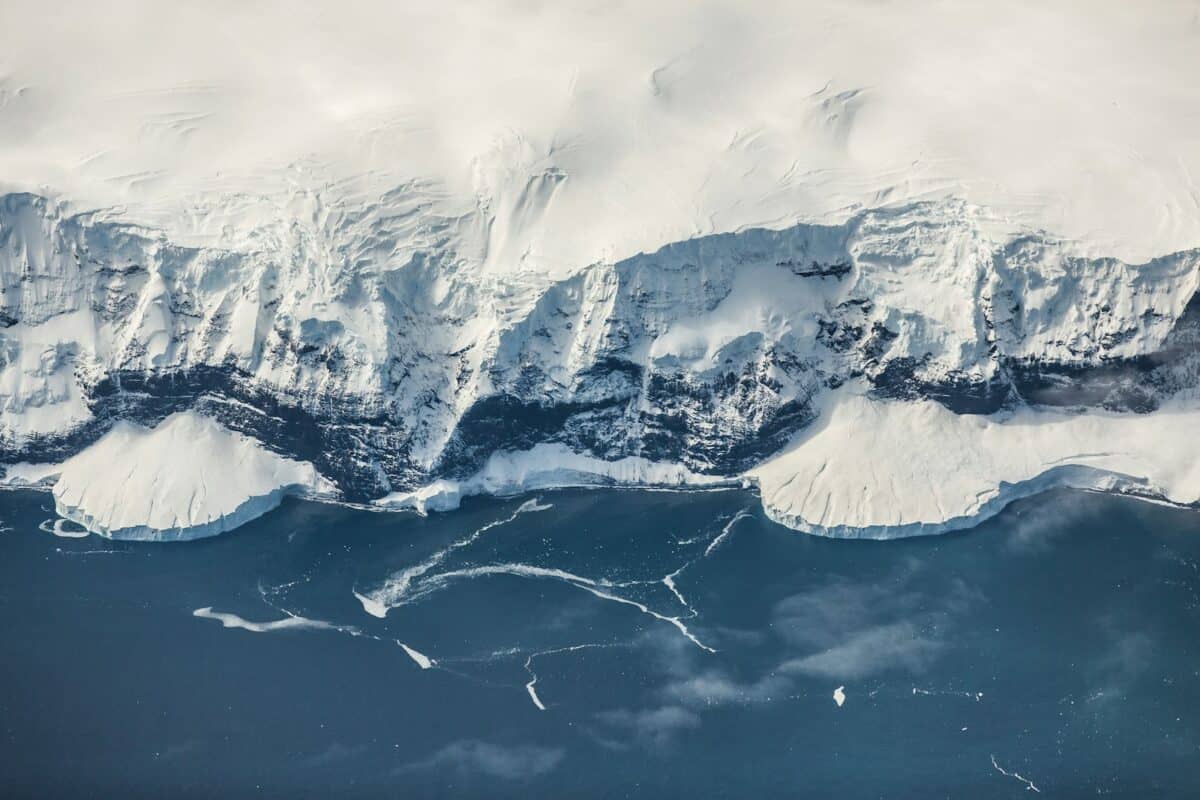
The scientific community is buzzing with excitement over several groundbreaking ice core discoveries made within the last five years. In East Antarctica, the Beyond EPICA project has successfully extracted ice cores dating back 1.5 million years—nearly doubling the previous oldest record of 800,000 years from the original EPICA project. Meanwhile, in Greenland, the North Greenland Ice Core Project (NGRIP) has recovered samples containing previously undetected climate markers that indicate rapid temperature fluctuations during periods once thought to be stable. These discoveries are complemented by the East Greenland Ice-core Project (EGRIP), which has extracted cores from fast-moving ice streams, offering insights into ice sheet dynamics during ancient warming periods. Together, these samples represent a quantum leap in our ability to reconstruct Earth’s climate history with unprecedented precision and time depth.
How Ice Cores Serve as Climate Archives

Ice cores function as remarkably detailed climate archives through several mechanisms. As snow falls and accumulates year after year, it traps air bubbles containing atmospheric gases like carbon dioxide and methane. This snow gradually compresses into ice, creating distinct annual layers—similar to tree rings—that scientists can count to establish chronology. The ice also captures dust, volcanic ash, sea salts, and isotopes of elements like oxygen and hydrogen, whose ratios vary with temperature.
By analyzing these components at different depths, researchers can reconstruct past temperatures, atmospheric composition, volcanic eruptions, forest fires, sea ice extent, and even human activities like ancient metallurgy. The newest analytical techniques can detect changes at a resolution of individual seasons, allowing scientists to identify weather patterns from tens or hundreds of thousands of years ago.
The Million-Year Climate Puzzle
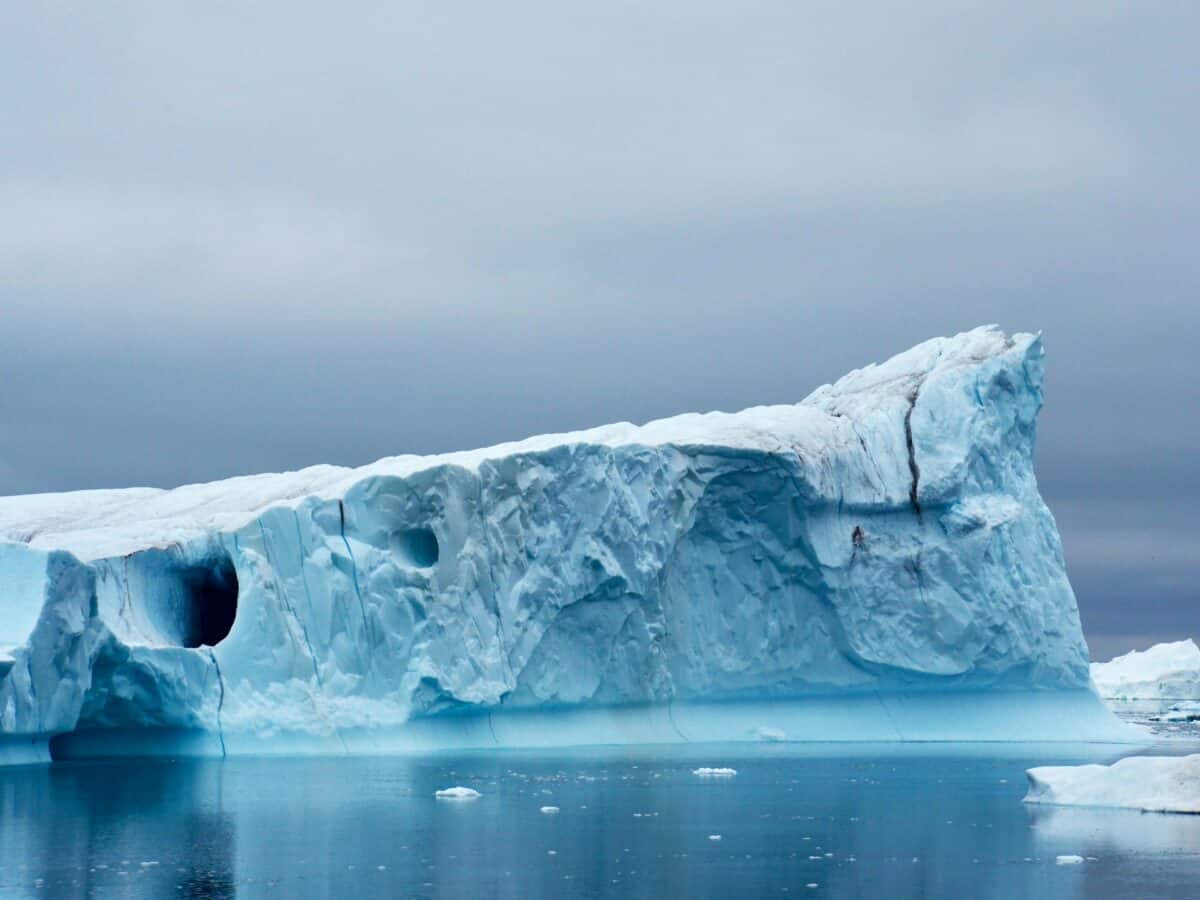
The newly recovered ice cores from the Beyond EPICA project have started to fill crucial gaps in our understanding of Earth’s climate over the past million years. During this period, our planet experienced a significant transition in its glacial-interglacial cycles, shifting from 41,000-year cycles to 100,000-year cycles, a phenomenon known as the Mid-Pleistocene Transition. The causes of this shift have remained enigmatic, with theories ranging from changes in Earth’s orbital parameters to feedback mechanisms involving CO₂ and ocean circulation.
The new ice cores provide the first direct measurements of atmospheric composition through this transition, revealing surprising patterns in greenhouse gas concentrations. Preliminary data suggests that CO₂ levels during some ancient warm periods were higher than previously estimated from marine sediment proxies, while methane showed unexpected fluctuations during key transitional phases. These findings may necessitate a fundamental reevaluation of the mechanisms driving long-term climate cycles.
Abrupt Climate Shifts: Faster Than We Thought
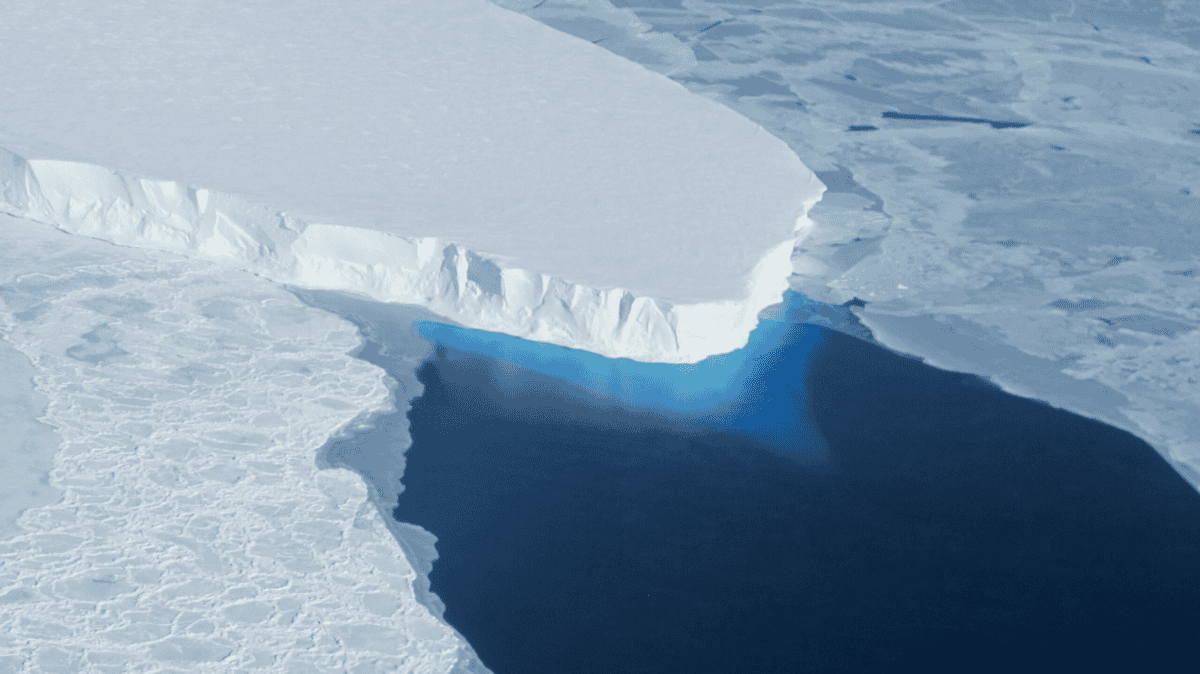
One of the most startling revelations from the new ice cores comes from Greenland, where ultra-high-resolution sampling techniques have detected evidence of abrupt climate changes occurring over timescales much shorter than previously recognized. The cores show that transitions between drastically different climate states sometimes occurred within a single decade—not over centuries as previously believed. Particularly noteworthy are the findings from the Younger Dryas period (approximately 12,800 to 11,500 years ago), a cold snap that interrupted Earth’s warming trend after the last ice age. The new samples suggest this cooling began in less than five years in some regions, with temperature drops of up to 10°C (18°F). Similarly, the warming that ended this period appears to have happened with remarkable speed. These findings have profound implications for understanding climate tipping points and evaluating the potential rapidity of future climate change under anthropogenic forcing.
Ancient Atmospheres: Greenhouse Gas Revelations

The atmospheric composition captured in ice core air bubbles provides direct evidence of greenhouse gas concentrations over time. The newest samples have revealed several surprises regarding these critical climate forcings. Analysis of the oldest ice cores shows that during some interglacial periods before 800,000 years ago, CO₂ levels reached approximately 300 parts per million (ppm)—higher than the pre-industrial value of 280 ppm but still well below today’s level of over 410 ppm.
More surprising was the discovery of rapid methane fluctuations that don’t correlate with known orbital forcing, suggesting internal climate feedbacks involving wetlands, permafrost, or marine methane hydrates may have played a larger role than previously thought. Additionally, measurements of nitrous oxide—a powerful greenhouse gas—show patterns that correlate with changes in ocean circulation, providing new insights into the interconnected nature of Earth’s climate system. These findings challenge existing climate models, which now must account for these newly discovered dynamics.
The Antarctic and Greenland Connection
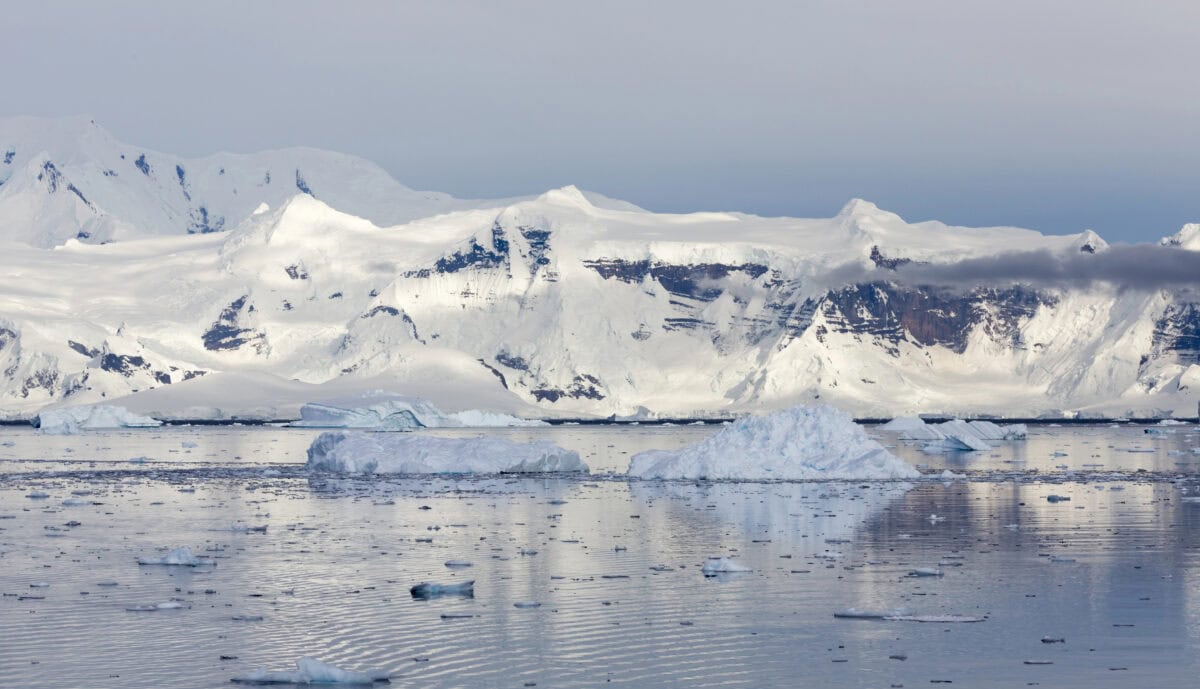
The parallel analysis of ice cores from both polar regions has revealed fascinating insights into the relationship between Northern and Southern Hemisphere climate changes. Scientists have long observed a phenomenon called the “bipolar seesaw,” where abrupt warming in Greenland often corresponds with cooling in Antarctica and vice versa. The new high-resolution cores have refined our understanding of this mechanism, showing that the timing offset between climate shifts in the two hemispheres varies depending on the background climate state.
During some periods, Antarctic temperature changes preceded Greenland shifts by several hundred years, while at other times, the sequence was reversed. This varying relationship appears to be linked to the strength of ocean circulation patterns, particularly the Atlantic Meridional Overturning Circulation (AMOC), which transports heat between hemispheres. The new data suggests this circulation has undergone more frequent and dramatic changes than previously recognized, raising questions about its stability under future warming scenarios.
Advanced Technologies Revealing Hidden Details

The remarkable new insights from ice cores would not be possible without recent technological breakthroughs in extraction and analysis methods. Modern drilling systems can now recover intact cores from depths exceeding 3,000 meters, where ice is under tremendous pressure and close to melting temperature. Once extracted, the samples are analyzed using cutting-edge techniques including laser ablation inductively coupled plasma mass spectrometry, which can detect chemical elements at concentrations of parts per trillion, and continuous flow analysis systems that can measure multiple parameters simultaneously at sub-millimeter resolution.
Perhaps most impressive are advances in measuring gases trapped in air bubbles, where new extraction methods and cavity ring-down spectroscopy allow precise quantification of isotopic compositions of gases from extremely small samples. These technological leaps have essentially given scientists a microscope to examine climate history at unprecedented detail, revealing fluctuations and transitions that were completely invisible to earlier generations of researchers.
Past Warming Events as Future Analogs
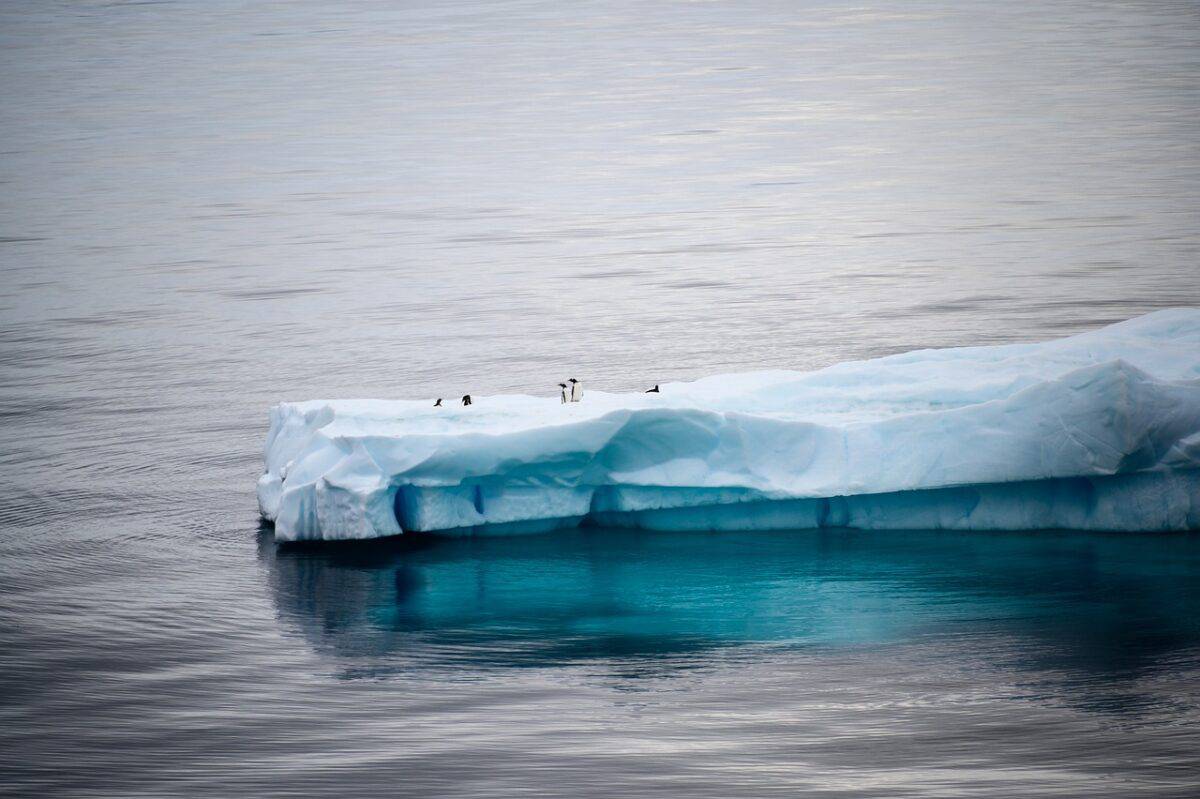
A particularly valuable aspect of the new ice core record is its detailed documentation of past warming events that might serve as analogs for our current climate trajectory. The cores have yielded new information about several key warm periods, including the Last Interglacial (125,000 years ago) and the mid-Pliocene warm period (3.3 to 3 million years ago). During these periods, global temperatures were 1-3°C warmer than pre-industrial times—similar to projections for the coming century under moderate emissions scenarios.
The ice cores reveal how these warming periods affected polar ice sheets, sea levels, and atmospheric circulation patterns. Particularly significant are findings about rates of change during these transitions, which show that while natural warming occurred more slowly than current anthropogenic warming, certain climate components still responded with surprising rapidity once threshold conditions were crossed. This information provides crucial context for interpreting current climate changes and projecting future impacts, especially regarding sea level rise potential from ice sheet destabilization.
Volcanic Eruptions and Climate Forcing

The new ice cores have dramatically improved our understanding of volcanic impacts on global climate. Volcanic eruptions inject sulfur aerosols into the stratosphere, cooling the planet temporarily by reflecting sunlight. Ice cores preserve these events as sulfate layers, which scientists can measure to determine eruption timing and magnitude. The latest cores have revealed several “mystery eruptions”—major sulfate spikes without corresponding historical records—that coincided with significant cooling periods.
Perhaps most striking is the discovery of a series of massive eruptions between 14,000 and 13,000 years ago that may have contributed to cooling during the Younger Dryas period. The new records also show that volcanic activity itself may not be entirely independent of climate, with evidence suggesting that rapid climate changes—particularly warming periods—sometimes correlate with increased volcanic frequency due to changing stresses on the Earth’s crust as ice sheets melt. This potential feedback mechanism adds another layer of complexity to understanding natural climate variability.
Human Climate Impacts: Earlier Than Expected

While much of the ice core record predates significant human influence on climate, the most recent sections reveal surprising evidence of early anthropogenic impacts. Chemical signatures in Greenland ice cores now suggest that Roman-era mining and smelting activities produced detectable atmospheric pollution as early as 2,000 years ago. More surprisingly, methane levels began showing unusual patterns around 5,000 years ago, potentially reflecting early rice cultivation and expanding animal husbandry.
The most striking finding, however, comes from carbon dioxide measurements, which indicate that CO₂ levels began rising slightly around 7,000 years ago—reversing what should have been a natural cooling trend based on orbital factors. This early CO₂ increase aligns with the expansion of agriculture and deforestation, suggesting that human modification of the climate system began millennia before the Industrial Revolution, albeit at a much slower rate. These findings are prompting a reevaluation of the concept of the Anthropocene and the timeline of human climate influence.
Challenges in Ice Core Research
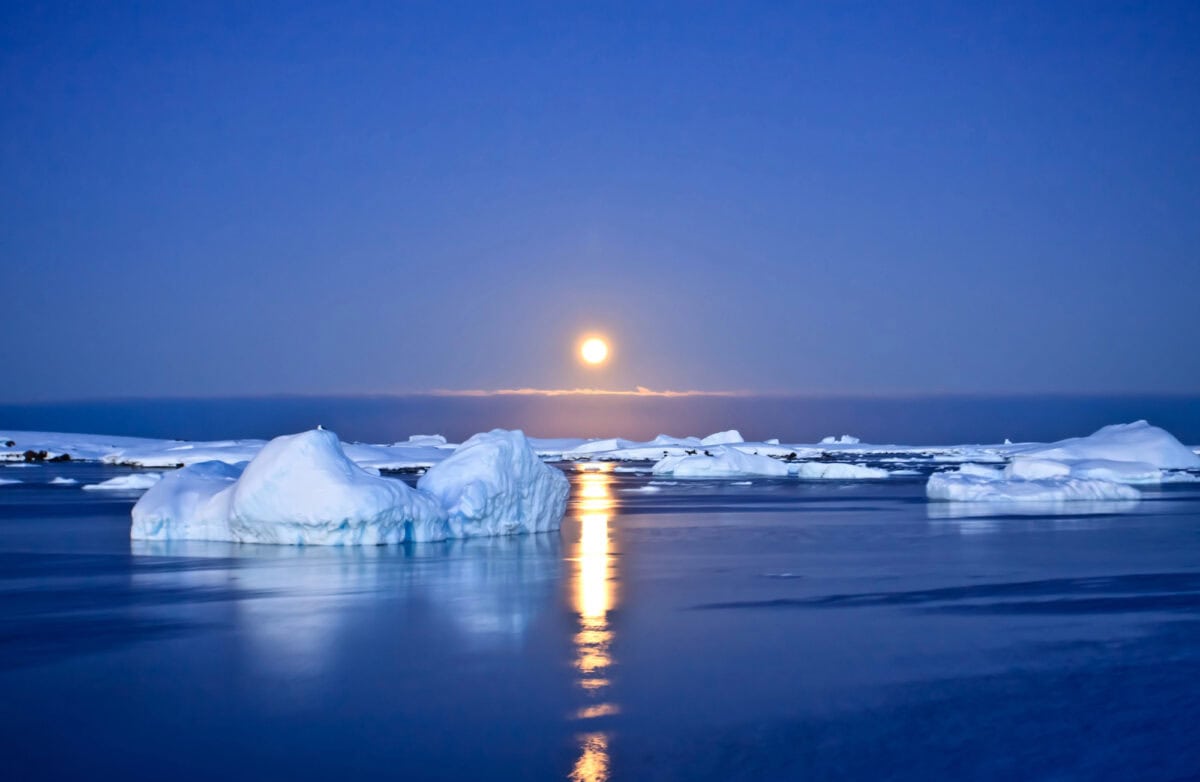
Despite their scientific value, ice core research faces significant challenges. The most pressing concern is the rapid loss of potential archive material due to climate change itself. Warming temperatures are melting surface layers of many ice caps and glaciers, erasing recent climate records and potentially compromising deeper ice through meltwater percolation. This creates urgency for researchers to sample threatened regions before this information is lost forever. Technical challenges also persist, particularly for the oldest ice. At extreme depths, ice flow can distort layering, making chronology difficult to establish.
Additionally, gases can diffuse through the ice crystal structure over very long time periods, slightly blurring the atmospheric record. Sample contamination remains a constant concern, requiring meticulous protocols in both field and laboratory settings. Perhaps the most significant limitation is geographical coverage—ice cores only provide direct records from polar and high-mountain regions, requiring scientists to extrapolate these findings to understand global patterns. Despite these challenges, international collaboration and technological innovation continue to advance the field.
Implications for Climate Modeling

The revelations from these new ice cores have profound implications for climate modeling—the computational tools scientists use to understand past climate and project future changes. Many existing models struggle to reproduce some of the newly discovered rapid transitions and extreme conditions now evident in the ice core record. This suggests that current models may be missing or underrepresenting certain feedback mechanisms or threshold behaviors in the climate system. Modelers are now working to incorporate these findings by adjusting parameters related to ocean circulation, ice sheet dynamics, carbon cycle feedbacks, and cloud physics.
The goal is to develop models that can accurately reproduce the newly revealed past climate variations, which would significantly increase confidence in their projections of future change. This recalibration process represents one of the most important outcomes of the new ice core discoveries, as it directly improves our ability to anticipate climate changes in the coming decades and centuries. The integration of ice core data with models exemplifies how paleoclimate research directly enhances our understanding of contemporary climate change.
Conclusion: Rewriting Earth’s Climate Narrative

The remarkable discoveries from these new ice core samples are fundamentally reshaping our understanding of Earth’s climate history in ways that extend far beyond academic interest. By revealing that climate transitions can occur more rapidly, climate states can be more extreme, and feedback mechanisms can be more powerful than previously recognized, these frozen archives deliver a sobering message about the sensitivity of our planet’s climate system.
The findings underscore both the unprecedented nature of current anthropogenic climate change and the potential for surprises as we push the climate into territory unseen for millions of years. As analysis continues on these extraordinary samples, we can expect further revelations that will require revisions to climate textbooks, refinements to climate models, and perhaps most importantly, recalibration of our assessment of climate risks. The ice cores remind us that to navigate our climate future wisely, we must first understand our climate past—a past that appears increasingly dynamic, complex, and consequential with each new layer of ice we analyze.
- New Ice Core Samples Could Rewrite Climate History - August 9, 2025
- The Strongest Dog Breeds That Farmers in Iowa Depend On - August 9, 2025
- The Best Places to See Elephants in The Wild - August 9, 2025

